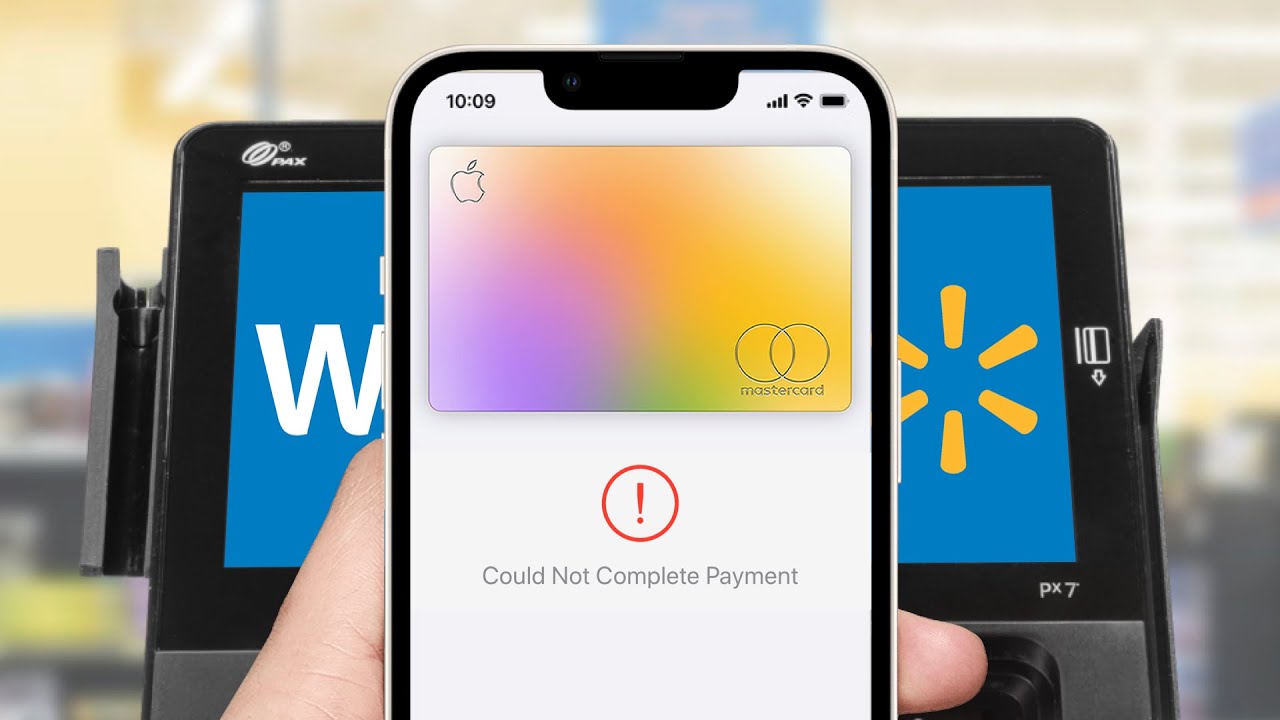Walmart, the retail giant known for its low prices and wide range of products, has been making waves in the payment industry with its own mobile payment platform called Walmart Pay. With this move, Walmart has chosen not to support popular mobile payment services like Apple Pay and Google Pay, instead opting for its own solution.
Apple Pay, which was introduced in 2014, allows users to make payments using their iPhone or Apple Watch by simply tapping it on a payment terminal. The contactless feature of Apple Pay has gained popularity among consumers who value convenience and speed when it comes to making payments. However, despite its growing user base and acceptance at many retailers, Walmart has decided not to support Apple Pay in its stores.
Instead, Walmart has developed its own mobile payment solution, Walmart Pay. This platform relies on QR codes, which are scanned by the user’s smartphone to complete the payment. The process involves opening the Walmart app, selecting Walmart Pay, and scanning the QR code displayed at the payment terminal. While this method may seem less intuitive compared to the tap-and-go convenience of Apple Pay, Walmart Pay has gained traction among Walmart shoppers.
One of the reasons Walmart has chosen to develop its own payment system is to have more control over the transaction process and data. By using its own platform, Walmart can gather valuable customer data and insights, which can be utilized to improve its services and tailor promotions to individual customers. This level of control is not possible with third-party payment services like Apple Pay, where customer data is kept private and not accessible to retailers.
Another factor that may have influenced Walmart’s decision is the cost associated with accepting third-party mobile payment services. Retailers are often charged a fee for each transaction made using platforms like Apple Pay or Google Pay. By utilizing its own payment system, Walmart can avoid these fees and potentially save money in the long run.
While Walmart’s decision not to support Apple Pay may disappoint some iPhone and Apple Watch users, it is important to note that Walmart Pay is not the only payment option available at Walmart stores. Traditional payment methods like credit cards, debit cards, and cash are still accepted, ensuring that all customers can make purchases regardless of their preferred payment method.
Walmart has chosen to develop its own mobile payment platform, Walmart Pay, instead of supporting popular services like Apple Pay. By utilizing QR codes, Walmart Pay offers a unique payment experience that allows the company to gather valuable customer data and avoid fees associated with third-party payment services. While this decision may not align with the preferences of some consumers, Walmart continues to provide various payment options to cater to the needs of its diverse customer base.

Does Walmart Allow Apple Pay?
Walmart does not allow Apple Pay as a payment option. Instead, Walmart has chosen to develop and promote its own mobile payment platform called Walmart Pay. Walmart Pay uses QR codes for transactions, requiring users to scan a code at the payment terminal in order to complete their purchase. This is in contrast to Apple Pay, which is a contactless payment method that allows users to simply tap their iPhone or Apple Watch on the payment terminal to make a payment. Walmart’s decision to not support Apple Pay is similar to Kroger’s stance on the matter.
Does Walmart Take Digital Wallet?
Walmart does not accept digital wallet services like Google Pay, Apple Pay, or Samsung Pay. The only mobile wallet option available at Walmart is Walmart Pay.
Conclusion
Walmart has taken a firm stance against accepting popular mobile and digital payment services like Apple Pay, Google Pay, and Samsung. Instead, the retail giant has chosen to promote its own proprietary payment platform, Walmart Pay. While Apple Pay offers a convenient and contactless payment experience through the use of smartphones and smartwatches, Walmart Pay relies on QR codes for transactions. This decision by Walmart demonstrates their desire to maintain control over their own payment ecosystem and provide a unique experience for their customers. Although this approach may limit the options for customers who prefer using alternative mobile payment methods, Walmart is making a strategic move to differentiate itself in the market. As the retail landscape continues to evolve, it will be interesting to see how Walmart’s decision to exclusively support Walmart Pay will impact their business and customer satisfaction.
